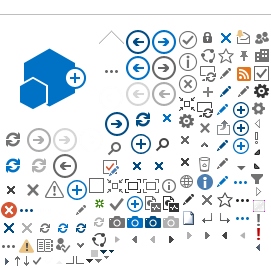Step 1. Wash your baby’s face
- Use warm water on a clean, soft cloth or cotton ball. Do not add soap.
- Wipe the eyes gently. To prevent infection, use a fresh cotton ball or a clean part of the cloth for each eye. Wipe from the inner corner of the eye outward.
- Wash behind baby’s ears and under the chin.
Step 2. Bathe the body, arms, and legs
- Place a small amount of mild, unscented soap on a clean, wet cloth.
- Clean between any folds of skin.
- Uncurl baby’s fingers and wipe the palms. Wash under baby’s arms and behind both knees.
- Try to keep the baby’s umbilical cord dry. Uncover the area by folding the diaper under the umbilical cord so that air can help keep it dry. Dressing your baby in loose clothing will also help keep the area dry.
- If your baby’s umbilical cord gets dirty, clean it with water and allow it to air dry.
- Give your baby sponge baths until the umbilical cord has fallen off and the area is healed. If it gets wet, expose the area to air so it can dry.
Step 3. Wash your baby’s bottom
- Bathe baby’s bottom after the rest of the body.
- Wash girls from front to back only.
- When bathing a boy, never push back the foreskin on an uncircumcised penis.
Step 4. Take care of baby’s scalp
- Gently rub or comb your baby’s scalp each day.
- Wash baby’s scalp once or twice a week, using a mild, no-tears shampoo. This can prevent cradle cap (a skin rash similar to dandruff that is common with infants). You can wrap the baby in a warm towel and then wash the scalp and hair.
- Newborns rarely need lotions or powders. If you want to use a lotion, choose a hypoallergenic one. If you choose to use powders, apply the powder to your hands and then rub in on your baby's skin. If the baby breathes in the powder, this can cause lung problems.
